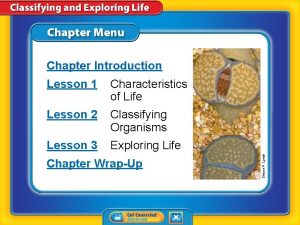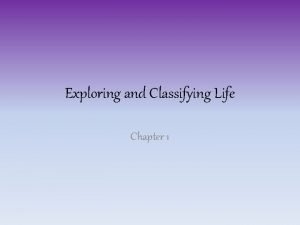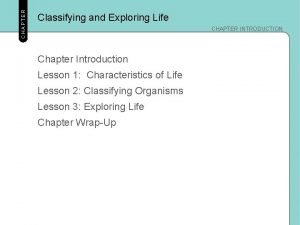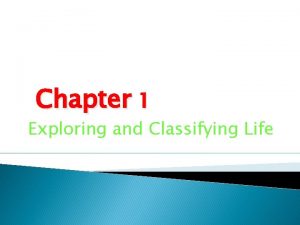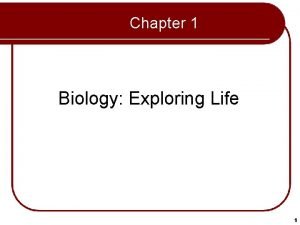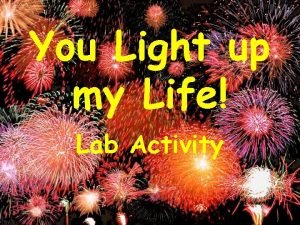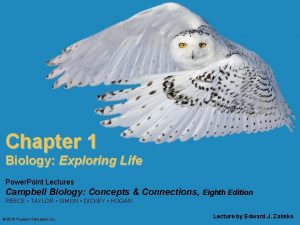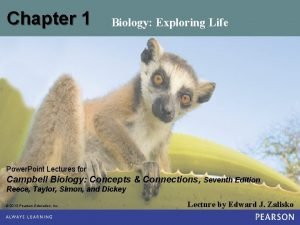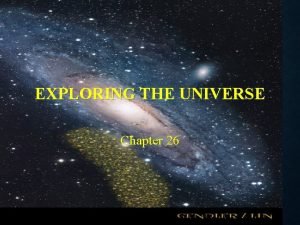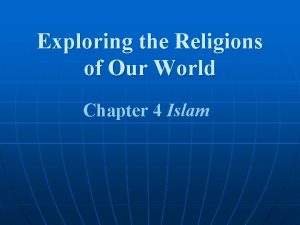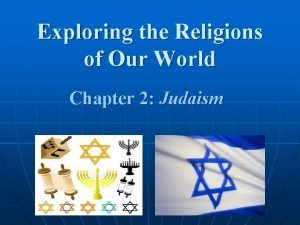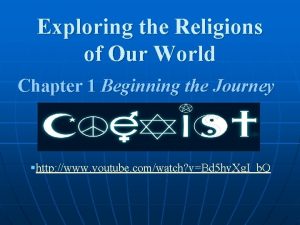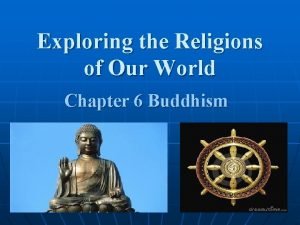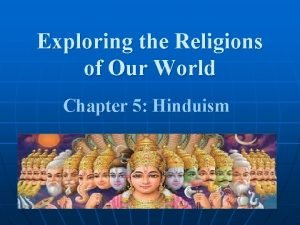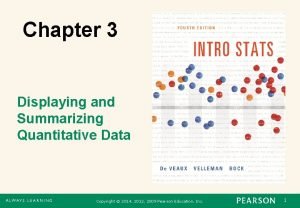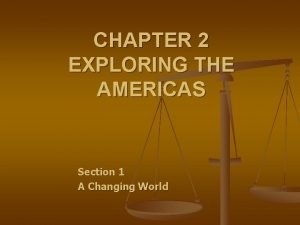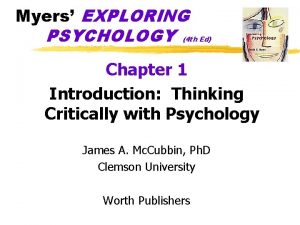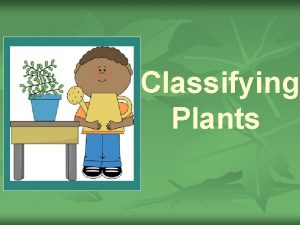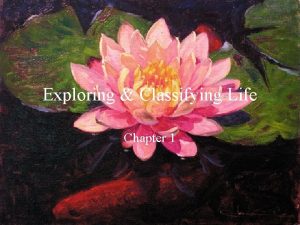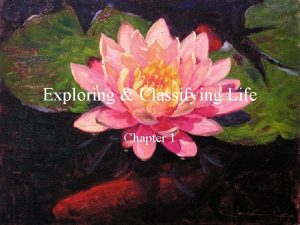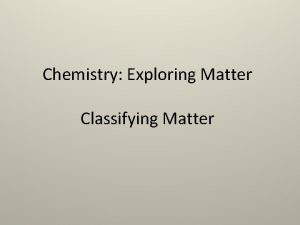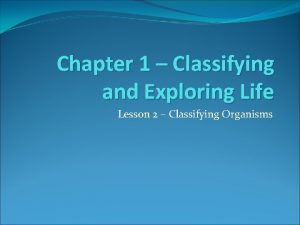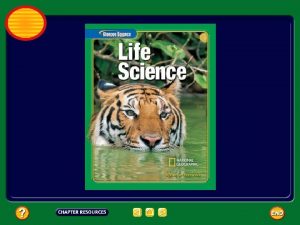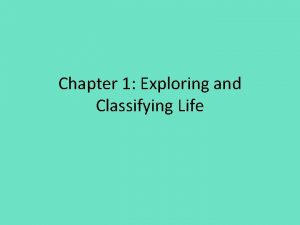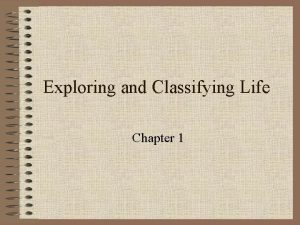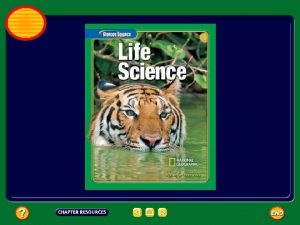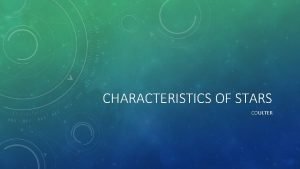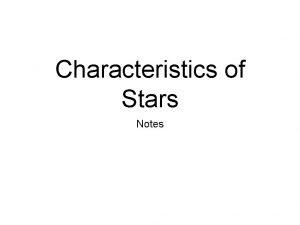Exploring and Classifying Life Chapter 1 Characteristics of




















- Slides: 20

Exploring and Classifying Life Chapter 1

Characteristics of Life: 1. Living things are made of cells. 2. Living things use energy. 3. Living things grow, develop and adapt. 4. Living things respond to their environment. 5. Living things reproduce.

All Living Things are Made of Cells!! • Cell – the smallest unit of an organism that carries out the function of life. • Cells ONLY come from other cells!

Living Things use Energy All of our energy comes from the sun!

Living things grow, develop and adapt. • Living things grow in size. • Living things grow in complexity. • Living things adapt, or change as they grow.

Living Things Respond to their Environment • Stimulus- Signal to which an organism reacts. • Response- an action caused by a stimulus.

Living Things Reproduce Reproduction- the process by which living things give rise to the same kind of living things.

Made of Cells Use Energy Grow, develop and adapt Living Things Respond Reproduce

What do Living Things Need? ? • Living space • Water • Food

Classification • The grouping of things according to similar characteristics. • We put objects into groups based on how similar they are.

Taxonomy • The science of classification! • Aristotle- an ancient Greek philosopher who classified organisms as plants or animals.

Carolus Linnaeus – Swedish naturalist that grouped organisms by similar structure. – He used Binomial Nomenclature- two part naming system. – He identified creatures by two names: genus and species.

Modern Classification • Modern scientists use: – similarities – fossils & – genetics to group organisms today.

Pneumonic Device • King Phillip came over for good spaghetti. • Kingdom, Phylum, Class, Order, Family, Genus, Species.

Modern Classification • Kingdoms are the largest and most general category. • While species are the smallest and most specific. • Organisms belonging to the same species can reproduce offspring.

Scientific Names • Using common names among scientists can cause confusion. • Linnaeus helped solve this problem by developing binomial nomenclature.

Examples of Scientific Names Acer rubrum= red maple

Homo Sapiens=People

Drosophila melanogaster – Fruit Fly

Acer palmatum dissectum atropurpureum – Purple Cut leaf Japanese Maple
 Classifying and exploring life
Classifying and exploring life Classifying and exploring life lesson 2 answers
Classifying and exploring life lesson 2 answers Classifying and exploring life
Classifying and exploring life Exploring and classifying life
Exploring and classifying life Biology exploring life chapter 1
Biology exploring life chapter 1 You light up my life chemistry lab answers
You light up my life chemistry lab answers Hierarchy of organization in a snowy owl
Hierarchy of organization in a snowy owl Connecting the concepts exploring life
Connecting the concepts exploring life Chapter 2 matter section 1 classifying matter answer key
Chapter 2 matter section 1 classifying matter answer key Chapter 26 exploring the universe answers
Chapter 26 exploring the universe answers Exploring religions chapter 4 large
Exploring religions chapter 4 large Exploring lifespan development chapter 1
Exploring lifespan development chapter 1 Exploring globalization textbook pdf chapter 11
Exploring globalization textbook pdf chapter 11 Exploring the religions of our world chapter 2 pdf
Exploring the religions of our world chapter 2 pdf Exploring the religions of our world chapter 1 pdf
Exploring the religions of our world chapter 1 pdf Exploring religions chapter 6 large
Exploring religions chapter 6 large Exploring religions chapter 5 large
Exploring religions chapter 5 large Chapter 3 exploring quantitative data answers
Chapter 3 exploring quantitative data answers Chapter 2 exploring the americas study guide
Chapter 2 exploring the americas study guide Chapter 2 exploring the americas
Chapter 2 exploring the americas Exploring psychology chapter 1
Exploring psychology chapter 1
